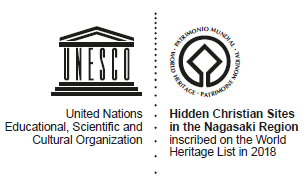 |
Based on national and international comparisons with cultural properties that are similar in background and nature to the nominated property, the following five points were concluded. |
Value
Value
 |
Based on national and international comparisons with cultural properties that are similar in background and nature to the nominated property, the following five points were concluded. |

Copyright 2018 長崎県文化振興・世界遺産課. All rights reserved.